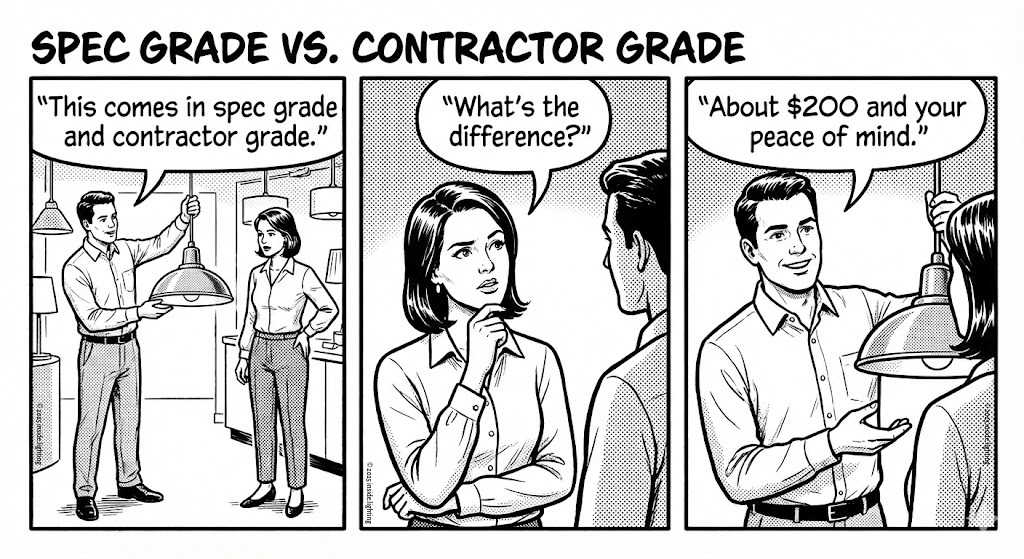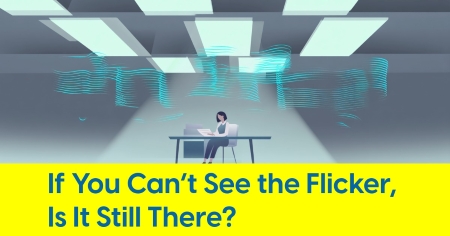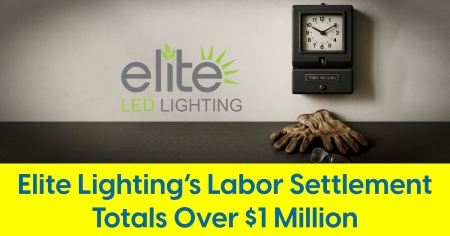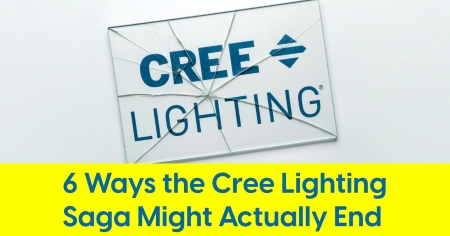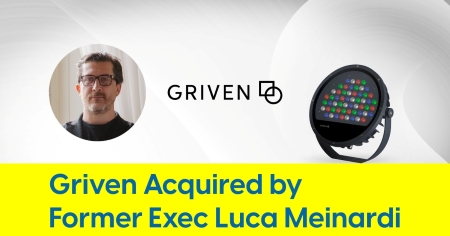August 13, 2025
The New Rules Reshaping Severance Agreement Terms

One lighting company’s HR form shows what’s now off-limits in severance deals
For years, severance agreements were treated as routine boilerplate language, signed and filed away. But for more than a year, Lumascape Lighting found itself under federal scrutiny, not for how it fired someone, but for what it asked them to sign afterward.
Lumascape, a division of Hunter Industries, avoided a formal National Labor Relations Board (NLRB) violation. One charge, alleging unlawful discharge, was dropped. But the real story wasn’t the termination. It was the fine print.
The Clause That Triggered a Settlement
In March 2024, a former Lumascape employee alleged they had been fired for exercising their Section 7 rights under the National Labor Relations Act. These are the protections that allow workers to discuss wages, conditions, or organize collectively, whether unionized or not. That allegation was later withdrawn. But a second issue moved forward, the language in Lumascape’s severance agreements.
The NLRB flagged multiple clauses as overbroad: a non-disparagement provision barring negative remarks about the company, a confidentiality section that blocked employees from discussing the terms of their own exit, and a sweeping release of claims that arguably waived protected rights. These clauses weren’t unique, which is precisely the point.
According to settlement documents obtained by Inside Lighting via a Freedom of Information Act request to the NLRB, Lumascape agreed in July to remove the offending provisions, reissue compliant severance agreements to past employees, and post a formal notice at its San Marcos, California facility and intranet.
How Severance Rules Changed in 2023
- The Case: McLaren Macomb (2023) - A landmark National Labor Relations Board decision that fundamentally changed severance agreement rules
- What Changed: The NLRB ruled that employers cannot use overly broad severance clauses that discourage workers from exercising their legal rights
- Key Impact: Standard "boilerplate" severance language used for decades suddenly became legally risky
- Protected Rights: Workers can discuss wages, working conditions, and workplace issues with each other, unions, government agencies, and the media - even after leaving their job
- What's Now Prohibited: Broad non-disparagement clauses, sweeping confidentiality terms, and blanket waivers of worker rights in severance agreements
- Why It Matters: Companies using old severance templates may unknowingly violate federal labor law, triggering NLRB investigations and required corrections
- Timeline: The decision took effect in February 2023, making any severance agreements signed after that date subject to the new standards
The New Reality in Plain English
The legal core here is Section 7 of the NLRA. It protects employees’ rights to act together, even after they have left. Employers cannot silence workers through overly broad contracts that discourage collective discussion, reporting violations, or cooperating with investigations.
In Lumascape’s case, the NLRB made clear that standard severance language can still be unlawful. Broad non-disparagement and confidentiality terms are off-limits. Releases that preemptively waive protected activity are also out of bounds.
Narrow provisions are still allowed. Employers can protect trade secrets, prevent defamation, and require confidentiality around severance amounts. What they cannot do is bar people from talking to each other, regulators, or the press about workplace conditions.
What Employers Should Do Now
This wasn’t a scandal. Lumascape settled quickly and cooperated. But the compliance lesson is real, especially in manufacturing sectors where HR templates often go untouched for years.
Every company should now:
- Audit severance agreements issued after McLaren, February 2023.
- Remove or revise sweeping non-disparagement and gag clauses.
- Train HR and legal teams on the expanded scope of Section 7.
- Notify former employees, if needed, that old terms are rescinded.
The risk is not hypothetical. The NLRB has made it clear it will pursue rescission, not just for one person, but retroactively for everyone who signed a similar agreement.
What Employees Should Do Now
The same rules that limit employers’ severance terms also protect former employees. If you’re offered — or have already signed — a severance agreement since February 2023, you may have rights you didn’t realize you had.
- Review the agreement for broad non-disparagement or confidentiality clauses that prevent you from discussing wages, working conditions, or workplace issues.
- You're generally allowed to discuss wages, conditions, and workplace issues with coworkers, unions, media — even on social media. If you’re unsure about what a severance clause means, seek guidance from the NLRB or a qualified employment attorney.
- Request revisions if the language appears to waive your protected rights.
- Check with the NLRB about recent settlements. Some agreements may already have been rescinded or replaced.
Not a One-Off
What happened at Lumascape is unlikely to stay at Lumascape. The case reflects a broader trend. Labor regulators are watching how companies treat workers on their way out, not just while they are employed.
Many lighting firms may still rely on severance agreements written long before McLaren reshaped the rules. That is a risk. And unlike other compliance areas, these violations are easy for the Board to spot. No subpoena required. Just the wrong clause, in the wrong form, on the wrong person’s desk.
So no, Lumascape isn’t the villain. But they are the warning.
